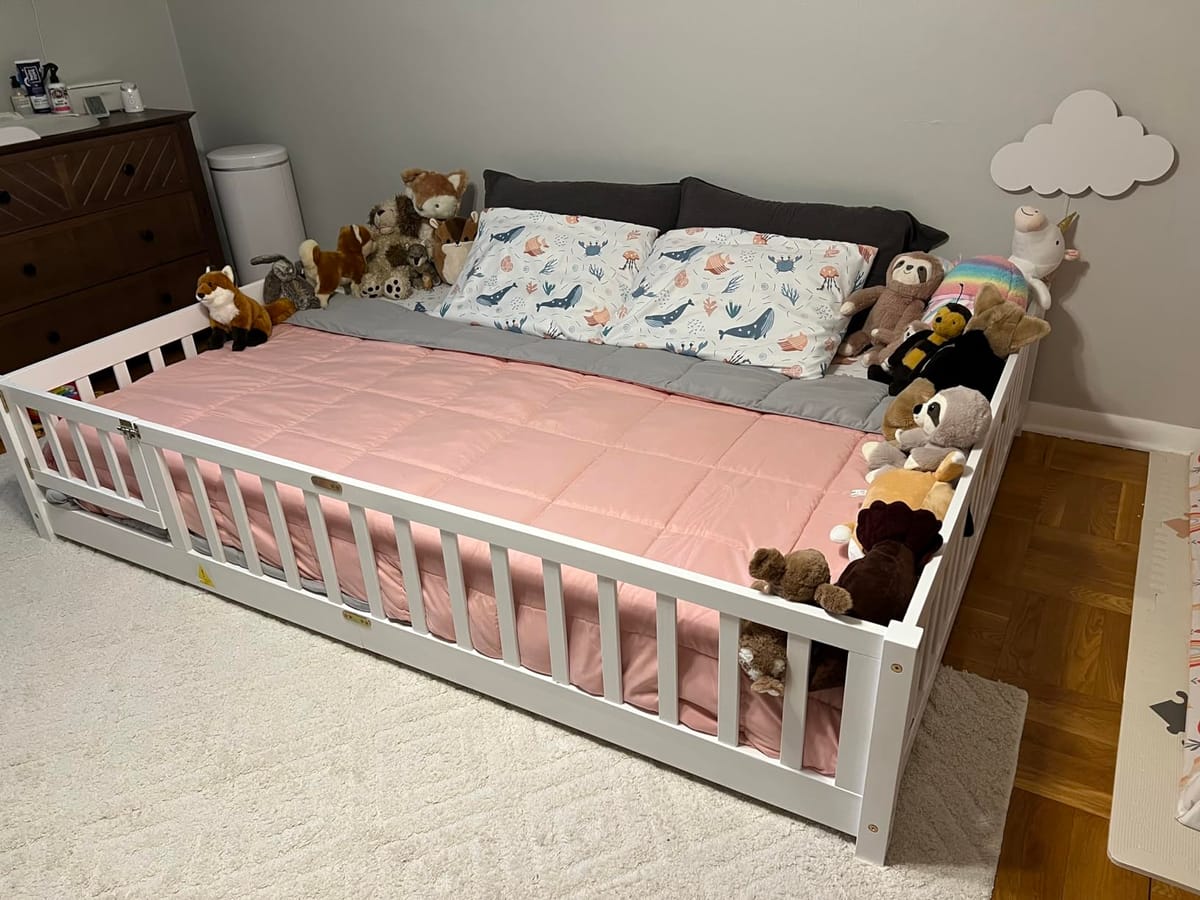Key Takeaways:
- A Montessori bed promotes independence and safety for toddlers transitioning from a crib.
- These beds are designed at floor level to facilitate easy access for children.
- Montessori beds align with the broader principles of Montessori education, focusing on child development and autonomy.
Understanding the Montessori Bed Concept
The Montessori bed, rooted in the educational principles established by Maria Montessori, is a unique approach to where and how a child sleeps. Unlike traditional beds, a Montessori bed is typically a mattress placed directly on the floor or a low frame, making it easily accessible to very young children. This design not only minimizes the risks of a child rolling out and getting hurt but also bolsters the child's independence by allowing them to get in and out of bed without adult assistance.
Maria Montessori, an Italian physician and educator, developed the Montessori method based on her observations of children's natural learning tendencies. Montessori beds, therefore, are not just pieces of furniture but are integral to a philosophy that encourages a child’s autonomy and engagement with their environment from a very young age.
Features and Benefits of Montessori Beds
Montessori beds are designed with safety and child development in mind. By eliminating high frames and restrictive railings, these beds reduce the risk of injuries associated with falls. Moreover, the absence of barriers encourages a sense of freedom and independence as toddlers can approach bedtime on their terms. This autonomy can play a crucial role in easing the transition from a bassinet or crib to a toddler bed, making bedtime less of a struggle for both kids and parents.
The design of Montessori beds also considers the developmental need for children to explore their surroundings. With the bed on the ground, the entire room becomes an accessible space for exploration. This setup not only satisfies the child's curiosity but also aids in physical development as they learn to navigate their sleep space safely.
The Role of Montessori Beds in Child Development
Integrating a Montessori bed into a child's bedroom is more than a practical decision; it's a developmental tool. These beds support the Montessori education framework, which emphasizes learning through interaction within a prepared environment. By providing a bed that children can access independently, parents encourage self-reliance and confidence in their young ones.
Furthermore, the Montessori bed fosters a sense of ownership and responsibility. Children learn to take care of their sleeping area, arrange their bedding, and maintain a tidy space. This not only cultivates organizational skills but also instills a routine, both of which are beneficial in the broader scope of personal development.
Montessori Floor Beds and Child Mobility
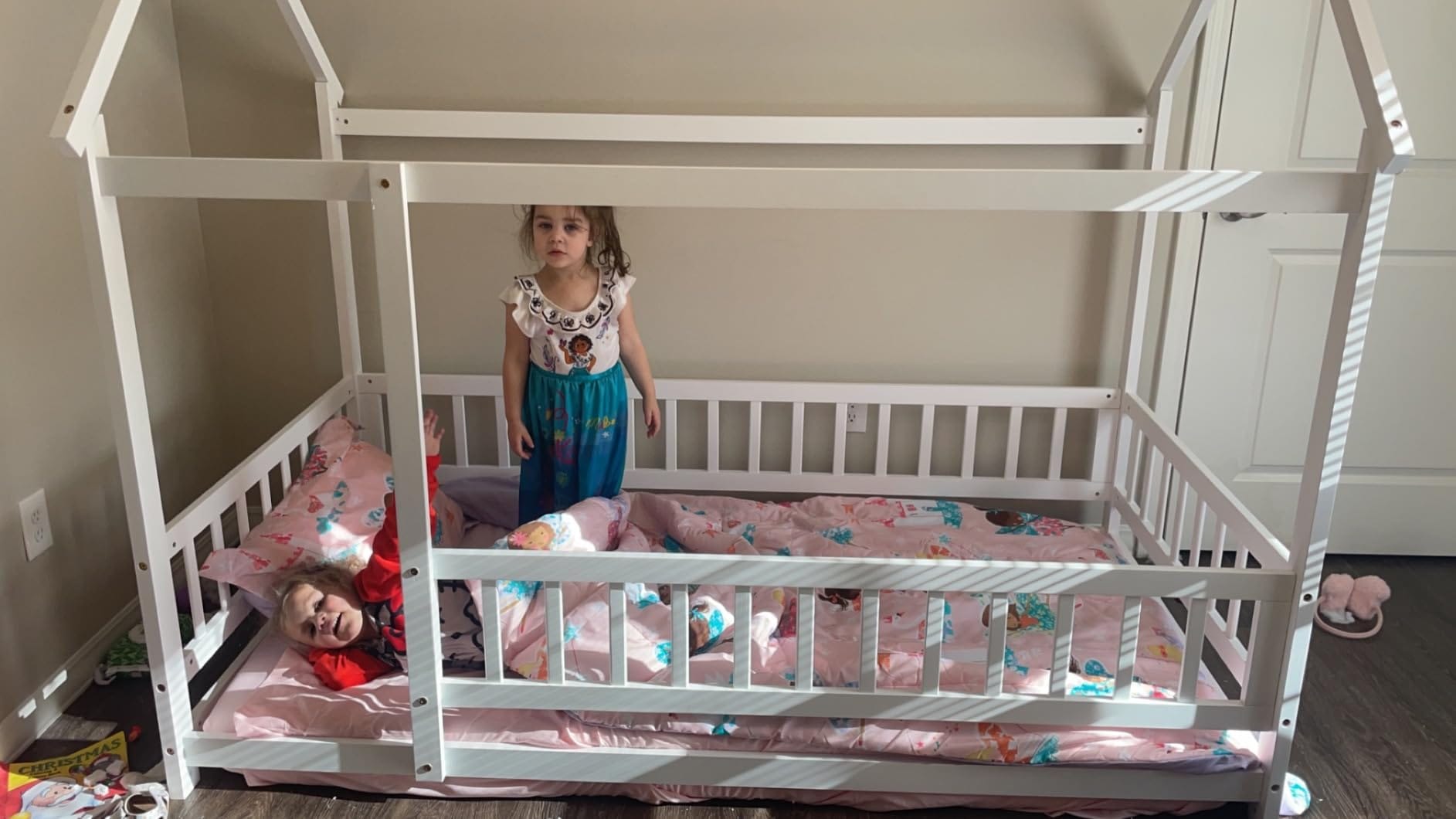
Montessori floor beds are designed to promote mobility and independence in young children. By allowing little ones to get in and out of bed independently, these beds support the natural development of motor skills. Unlike traditional beds, a Montessori-style bed sits directly on the floor, eliminating the need for a baby gate and reducing the risk of falls. This setup not only fosters a child's ability to walk to and from their bed at will but also enhances their confidence and self-reliance.
The design of these beds also considers the child's reach and physical boundaries. Accessible frames and the absence of high bed rails encourage toddlers to explore their environment safely. Parents often notice an increase in their children’s willingness to go to bed and wake up, as they do not feel confined or restricted. This autonomy can lead to a smoother transition from waking to sleeping, making bedtime less of a battle for mom and dad.
Montessori Bed Placement and Room Setup
When setting up a Montessori bed, especially a Montessori floor bed, the placement within the room is crucial for maximizing its benefits. Ideally, the bed should be positioned in a corner or against a wall to provide a physical boundary that offers a sense of security to the little one. This setup not only aids in defining the sleeping area but also helps in preventing potential falls. Additionally, having the bed against a wall can make it easier for parents to arrange other elements of the room, such as storage for toys and books, within the child's reach, fostering independence while keeping the environment orderly.
Moreover, the overall room layout should be considered to enhance the functionality of the Montessori bed. Ensure that there is ample space around the bed to allow free movement for the child. This freedom is vital for promoting the child's independence as they learn to get in and out of their beds without assistance. Strategic placement of rugs and soft padding around the bed can provide extra safety for those inevitable tumbles as toddlers explore their bodies and boundaries. The room should be a haven that encourages exploration but also provides a comforting retreat.
Customizing Montessori Beds for Personal Needs
Customizing a Montessori bed can significantly enhance its effectiveness and ensure it grows with your child. One adaptable feature often recommended is the addition of a safety rail. While Montessori beds are typically low to the ground, a removable safety rail can provide peace of mind by adding an extra layer of protection against falls for very young children or those who move a lot during sleep. As the child grows and becomes more aware of their sleeping environment, the rail can be removed to maintain the bed's accessibility and support the child's growing independence.
Furthermore, personalizing the Montessori bed to reflect the child's tastes and interests can play a pivotal role in making the bed appealing to them. This might involve selecting bed linens that feature their favorite colors or characters or incorporating elements that resonate with their current interests, such as space or dinosaurs. By involving the child in these choices, parents not only make the bed more inviting but also empower the child, reinforcing their sense of autonomy and ownership over their personal space. This approach not only makes bedtime more appealing but also subtly bolsters the child's decision-making skills.
Integrating Montessori Beds into Family Life
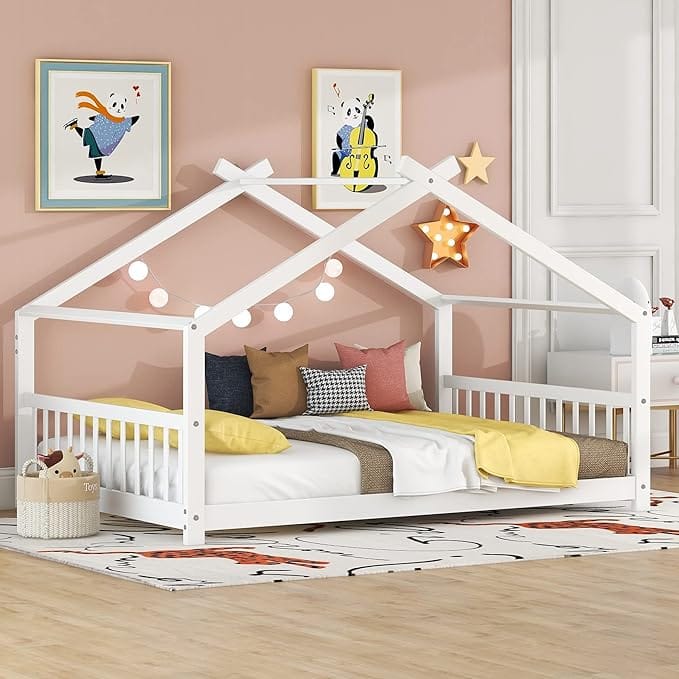

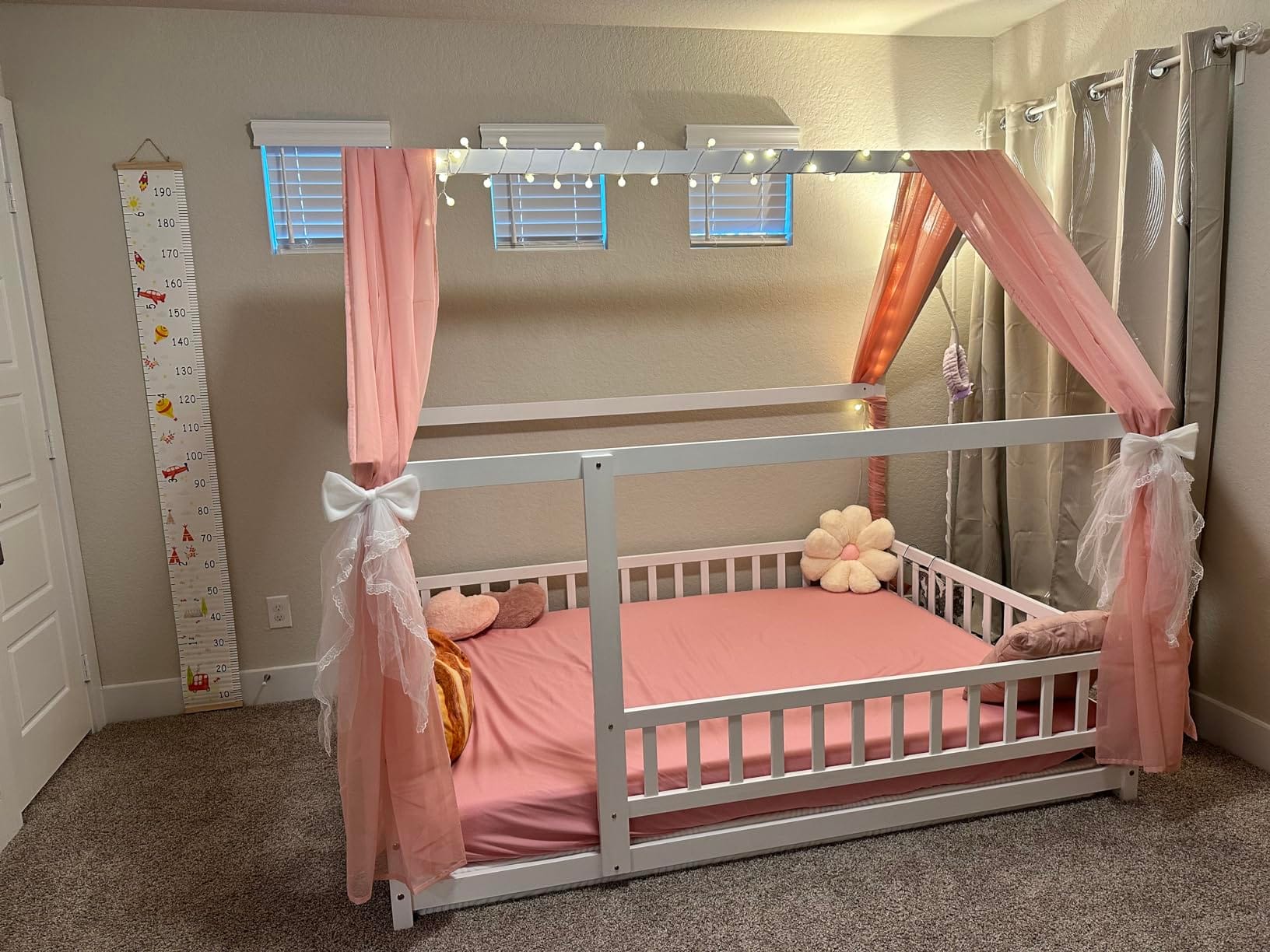
Introducing a Montessori bed into the family home can be a delightful experience that aligns with the principles observed in many Montessori schools. The idea is to create a bedroom environment that respects the child's growing need for independence while ensuring they feel part of the family unit. A Montessori-style bed, with its low height and firm mattress, can be placed in a shared room with siblings or a dedicated nursery, providing clear boundaries yet remaining within a comforting proximity to parents.
Moreover, the simplicity of a Montessori bed frame can seamlessly blend with various home decor. Its design encourages the use of natural materials and colors, promoting a calm and grounded atmosphere in the nursery. This can be particularly beneficial for the child’s overall mood and sleep quality. As children grow, the bed can continue to serve as a base of comfort, adapting to their changing needs and sizes, from babies to toddlers, ensuring the bed remains a constant, reassuring presence in their lives.
Safety Considerations for Montessori Beds
While the design of Montessori beds inherently minimizes safety risks, certain precautions are still necessary to ensure a safe sleep environment. Parents should ensure that the mattress is firm to avoid any risk that a very young child might face if they were to face down into a too-soft mattress. Additionally, the room should be childproofed, with electrical outlets covered and no small, swallowable objects within the child's reach.
Another aspect to consider is the placement of the bed within the room. It should be positioned away from potential hazards like windows, heaters, or heavy furniture that could be pulled over. Some parents opt to add a soft carpet or foam tiles around the bed to cushion any potential falls and provide a cozy play area.
Choosing the Right Montessori Bed
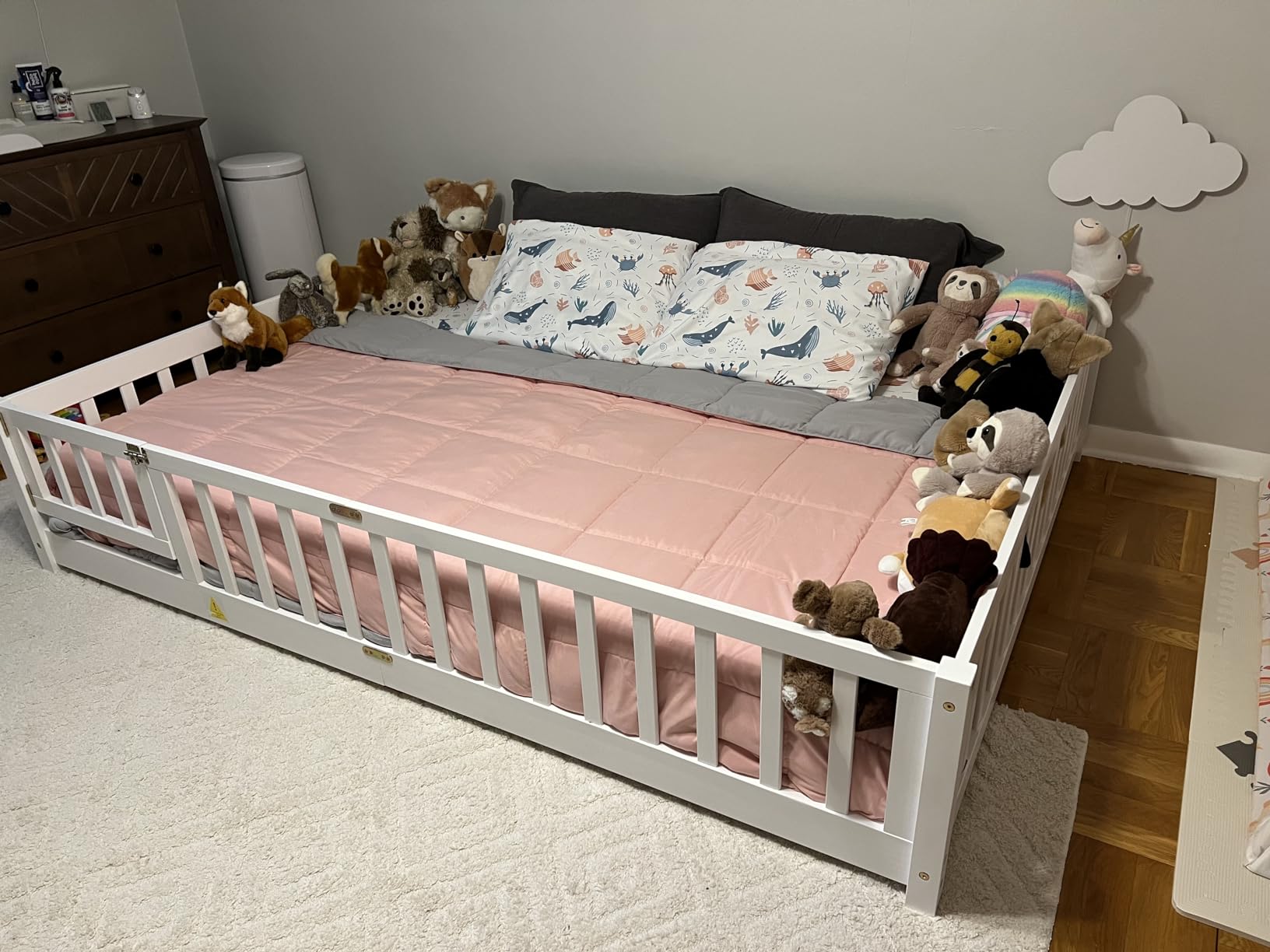
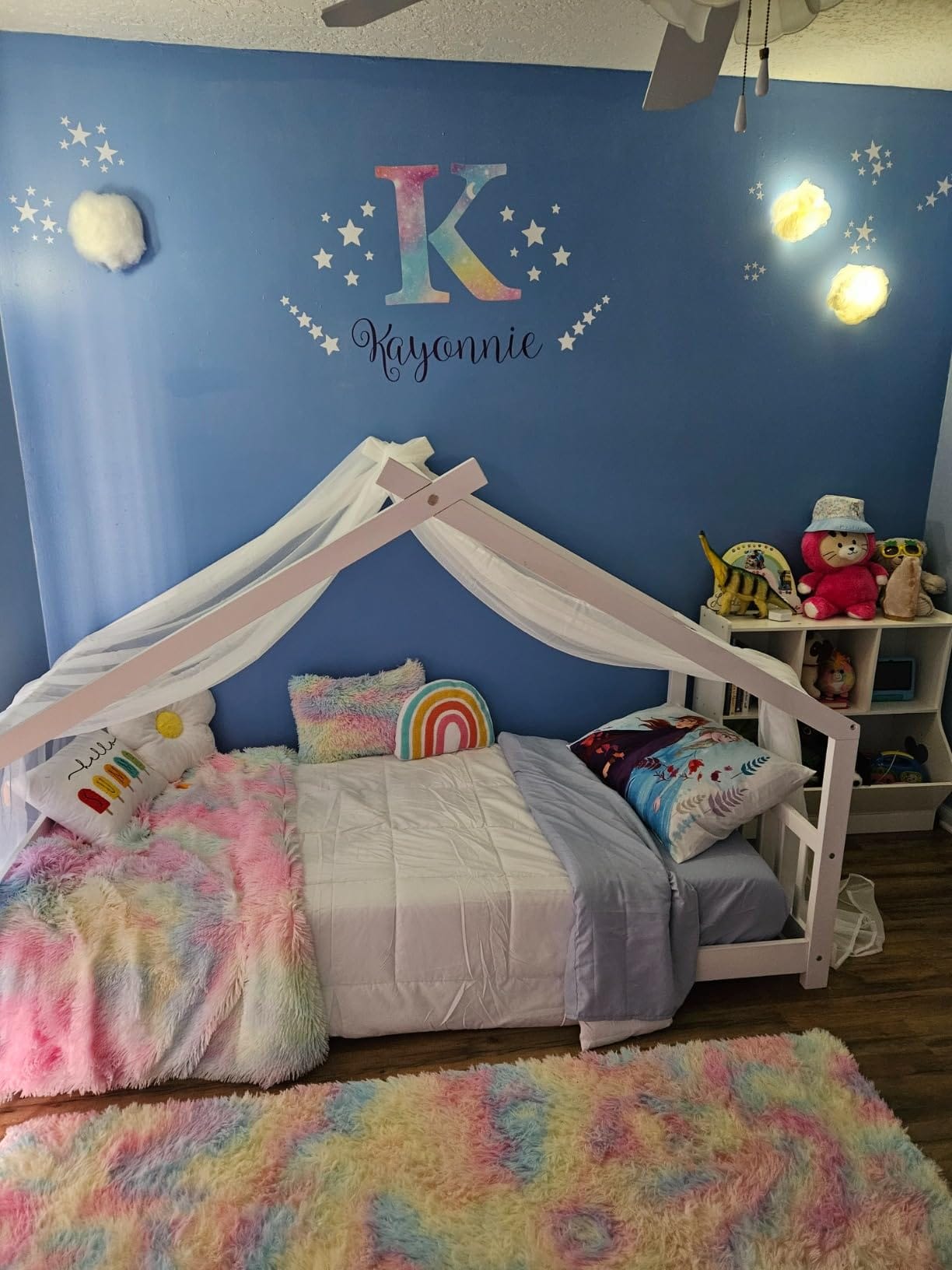
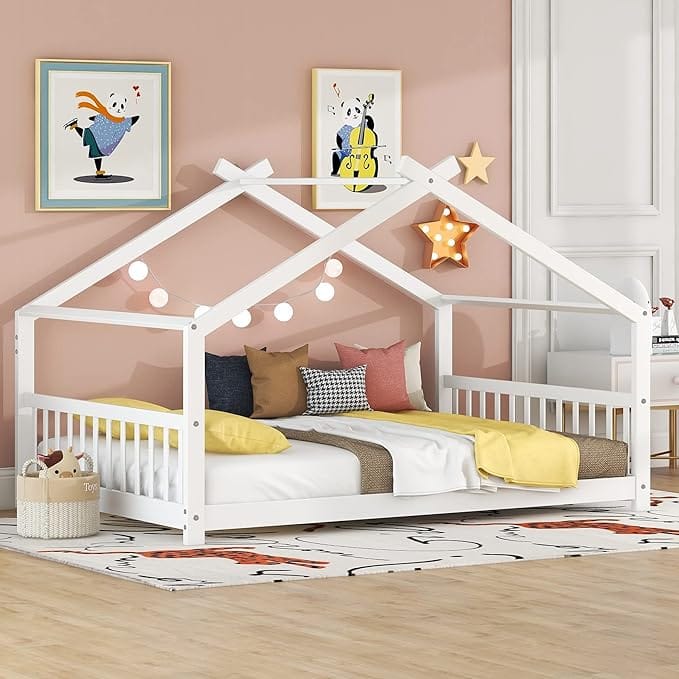
When selecting a Montessori bed, consider the size of the room and the child's age. While a crib mattress often suffices for toddlers, older children might require a larger mattress. The bed should be low enough to the ground to allow easy access for the child but also fit comfortably in the room without cluttering the space.
Parents should also look for beds made from non-toxic materials to ensure a healthy sleeping environment. The aesthetic of the bed can also be aligned with the Montessori principle of simplicity, avoiding overly stimulating colors or patterns that might distract from sleep.

Q1: At what age is it appropriate to transition a child to a Montessori bed?
A1: Children can transition to a Montessori bed as soon as they begin to outgrow their bassinet, typically around 6 months to a year old, depending on the child's mobility and development.
Q2: How do I ensure the Montessori bed is safe?
A2: Ensure the mattress is firm, the room is childproofed, and the bed is placed away from potential hazards. Adding a soft carpet or foam tiles around the bed can also enhance safety.
Q3: Can a Montessori bed be used for older children?
A3: Absolutely! Montessori beds can be adapted for older children by choosing a suitable size mattress and ensuring the bed's design continues to allow for easy access and promotes independence.

Montessori beds are a thoughtful fusion of furniture and educational philosophy, designed to support the natural development of children. By fostering independence, safety, and a sense of responsibility, these beds serve as more than just a sleeping area—they are a developmental tool that aligns with the holistic Montessori method. As children grow and explore their environment, the Montessori bed continues to play a crucial role in their journey towards self-reliance and confidence.
